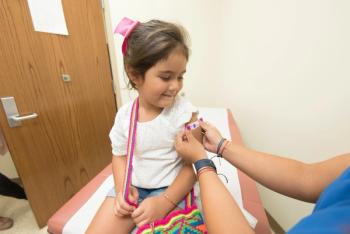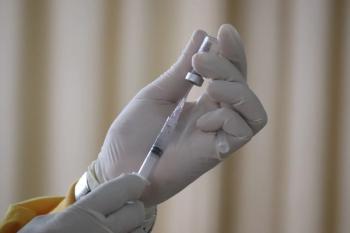
How Genomic Sequencing Can Aid in Diagnosing Fungal Infections
Shaun Yang, PhD, D(ABMM), FIDSA, MLS(ASCP) talks about how his team developed a test to identify fungi, and how they utilize it to diagnose, make treatment adjustments, and rule out hospital acquired infections.
Shaun Yang, PhD, D(ABMM), FIDSA, MLS(ASCP), lives in Southern California, and he says they have been seeing dramatic increases of coccidioidomycosis (valley fever) over the last 3 decades. During that period, he says the rate for this endemic, fungal infection has increased 20 times over. Along with the increases in the number of cases, Yang points to the challenges associated with these infections.
“A patient may not be accurately or timely diagnosed. And once they get invasive cocci infection, it's extremely hard to treat because of the very limited number of antifungals,” Yang said. "The other thing is we have a lot of emerging environmental fungi that causes infections and that pose tremendous challenges for diagnosis, because these are novel and oftentimes very difficult to identify by conventional methods.”
Yang is associate clinical professor, UCLA Department of Pathology and Laboratory Medicine, and he and his team have been utilizing next-generation sequencing (NGS) to develop and validate a whole-genome sequencing (WGS)-based clinical test for fungal species identification.1
He discusses the appeal of this type of testing compared to traditional methods.
“Our lab gets to the point when between 5% to 10% of the fungal isolates cannot be identified using the conventional methods, so there's a strong need to use genomic sequencing to get to the accurate identification,” Yang explained.
“Sometimes based on conventional mycology, you have to rely on morphology, but a lot of times, they may not behave as we expect, or it takes a long time for them to grow,” Yang said. “But, if you have the DNA, it doesn't matter when you harvest it, you can do the testing. Often times, the genomic testing actually represents a faster method compared to conventional culture and morphology-based methods.”
Yang was the senior author on a paper describing their work in this area. “The identification is mainly based on the fungal ribosomal internal transcribed spacer (ITS) region as the primary marker, and additional marker and genomic analysis applied for species within the Mucorales family (using the 28S rRNA gene) and Aspergillus genus (using the beta-tubulin gene and k-mer tree-based phylogenetic clustering),” Yang et al wrote.1
They used the test in 29 cases, and the majority of them were in transplant and cancer patients. They then went on to show the utility of the test by detailing 5 case studies, in which accurate fungal species identification led to correct diagnosis, treatment adjustment or was ruled out for hospital acquired infection, according to the investigators.1
Reference
1. Salem-Bango Z, Price TK, Chan JL, Chandrasekaran S, Garner OB, Yang S. Fungal Whole-Genome Sequencing for Species Identification: From Test Development to Clinical Utilization. J Fungi (Basel). 2023 Jan 29;9(2):183. doi: 10.3390/jof9020183. PMID: 36836298; PMCID: PMC9965959.
Newsletter
Stay ahead of emerging infectious disease threats with expert insights and breaking research. Subscribe now to get updates delivered straight to your inbox.
















































































































































































































































































